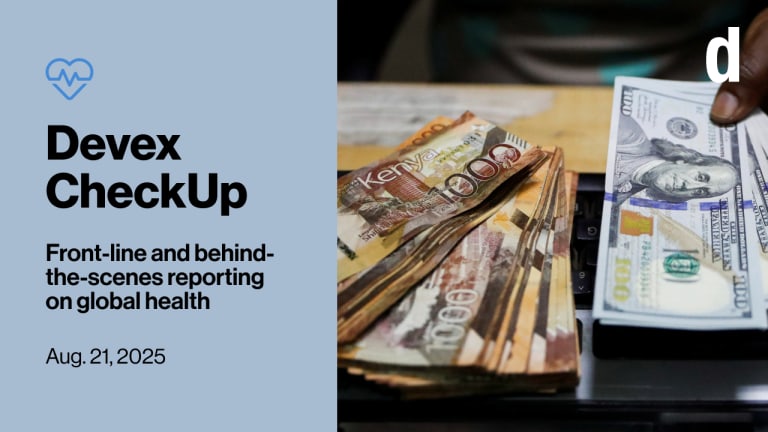The global health system has long been under assault and recent drastic cuts to foreign aid budgets around the world reinforce the trend. Official development assistance for health from advanced economies reached a 13-year low in 2021 and, despite a brief surge during the pandemic, has continued on a downward trajectory. Such global health divestment will leave vulnerable populations without critical resources to combat rising temperatures, extreme weather events, and emerging diseases.
The COVID-19 pandemic highlighted the extent of underinvestment in global health, particularly in basic health care, as well as pandemic preparedness and response. Add to this the escalating threats to health from climate change, environmental degradation, and biodiversity loss. Now is not the time to defund global health, and novel approaches are required to address the growing financing gap.
The threats to global health put at risk the remarkable achievements of previous decades. Almost inconceivable improvements in life expectancy and quality of life — such as the near-eradication of polio through immunization or preventing waterborne diseases by improving clean water access — came on the back of massive investments through national development aid and philanthropic contributions. Few if any areas of development assistance can show similar impressive results.








